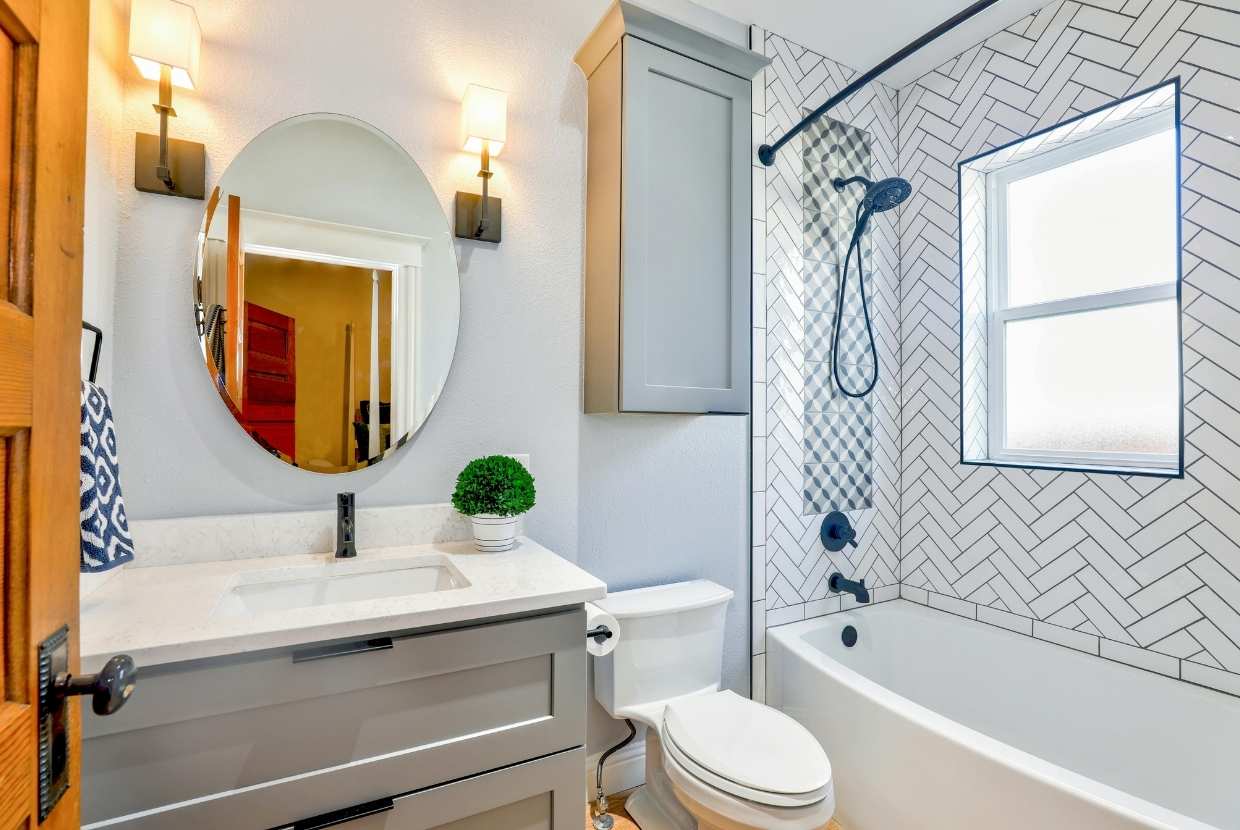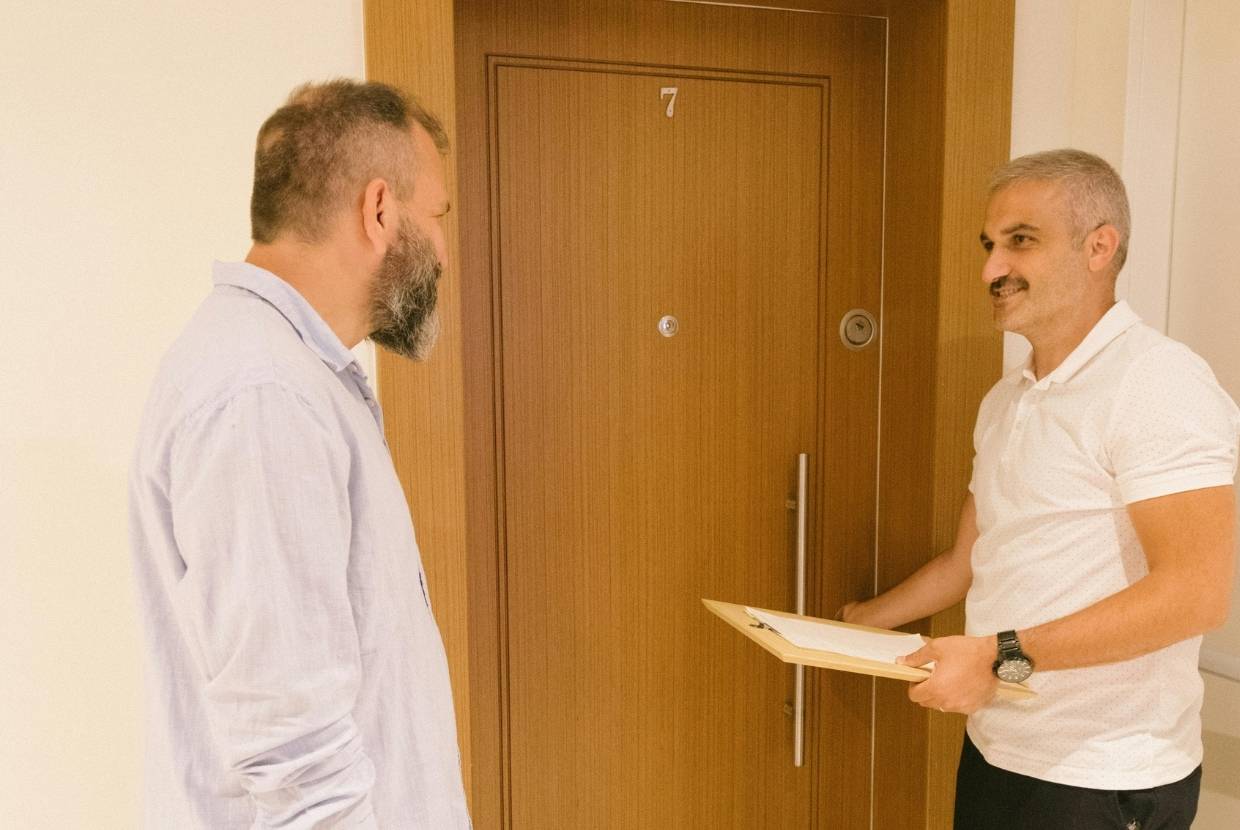Technical, legal and practical aspects that you should know
Considering whether you can move the toilet in an apartment isn't crazy. Sometimes, a simple bathroom modification can make a big difference in the layout of a home. But of course, it's not all about aesthetics or space: there are several technical factors that directly influence this decision. And they shouldn't be overlooked.
What makes it so complex?
The toilet is a special case in the world of sanitary fixtures. Unlike a sink or shower, it requires a direct connection to the building's downpipe, the vertical pipe that collects wastewater and carries it outside. Therefore, its location isn't as flexible as we'd like.
According to the Technical Building Code (CTE), the pipe connecting the toilet to the downpipe—known as the manguetón—should be no longer than one meter for the system to function properly. If we extend it further, a horizontal network with a slope and inspection points for cleaning and maintenance must be designed.
So, can the toilet be moved to a different location in an apartment? Yes, as long as this condition is met or other technical solutions are chosen, such as sanitary pumps or macerator systems.
The slope: that detail that changes everything
One of the most important factors when deciding on a new toilet location is the slope of the pipes. For waste to flow smoothly, a minimum slope of the 1% is required. And that's not always easy to achieve.
Sometimes it's necessary to slightly raise the bathroom floor or find alternative routes to avoid uneven floors. And be careful with ventilation: if the sections are too long and not well ventilated, unpleasant odors or pressure problems can arise. In these cases, aeration valves or secondary vents can be installed to help balance the system.
What if there is no possible slope?
When the proper slope can't be guaranteed, technology offers a way out: sanitary pumps or macerator pumps. These devices allow the toilet to be moved to areas far from the downpipe, such as a bedroom converted into an en-suite bathroom.
How do they work? They grind waste and force it to the main drain. However, they require electricity, generate some noise, and require more frequent maintenance. But if the layout requires it, they can be the most practical solution.
Not everything is work: there is also paperwork
Beyond plumbing, there's another key issue: licensing. Many people don't know this, but to answer with certainty whether you can move the toilet in an apartment, you should also check local regulations.
In cities like Madrid, it's processed through a Responsible Declaration of Works. In Valencia, the procedure is a Prior Communication. And in Barcelona, things vary depending on the type of work. In all cases, you'll have to prove that the renovation complies with regulations and pay the corresponding fees.
It seems simple, but having an architect or technician accompany you throughout the process can save you a lot of trouble.
And what about the community?
This is a tricky point. If replacing the toilet affects common elements—such as downpipes, false ceilings in other apartments, or slabs—you can't do it yourself. According to the Horizontal Property Law, you need express authorization from the homeowners' association.
The usual way to achieve this? Request permission at a meeting and obtain a majority. If you don't, you risk being forced to undo the renovation. So, before getting started, it's best to speak with the administrator and consult with someone knowledgeable about the subject.
How far can I move the toilet?
There's no absolute freedom. Although technically you can move the toilet to a different location in an apartment, there are certain limits. If you're within one meter of the downpipe and can maintain the slope, perfect. Beyond that, you're entering the realm of horizontal collectors or pumps.
That's why it's so important to have a technician review your home's plans, calculate dimensions, and design a viable solution. This way, you'll avoid surprises like blockages, unpleasant odors, or systems that don't comply with regulations.
How much does it cost to move a toilet?
Let's be clear: relocating a toilet isn't cheap. It's one of the most expensive parts of a bathroom renovation, especially if it involves structural modifications or the addition of special systems.
Here are some indicative prices:
- Short displacement (up to 1 meter): between €800 and €1,200.
- Medium distances (1 to 3 meters with horizontal collector): between €1,500 and €2,500.
- Relocation with pump or grinder: from €2,000, depending on the model and type of installation.
To this, you'll need to add licensing fees, technical fees, and finishing costs. Therefore, it's best to request a detailed quote without any fine print.
Mistakes that are repeated more than you think
There are common mistakes that can end up making a renovation very complicated:
- Thinking that lengthening the tube is enough, without taking into account the slope.
- Ignoring municipal permits, trusting that “no one will notice.”
- Overlooking community input when common elements are affected.
- Buying cheap pumps that then fail.
- Not having a technician to guarantee compliance with the CTE.
Avoiding these mistakes is almost as important as choosing the right tiles. Not only to avoid penalties, but also because a poor design can ruin all the effort invested.
When everything fits, change is worth it.
Good planning changes everything. If the renovation is well thought out, you can move the toilet to a different location in an apartment without any headaches. With the right project, it's possible to gain space, improve the layout, or create that en suite bathroom you've been dreaming of for a long time.
Of course, many variables must be taken into account: slope, distance, ventilation, permits, and, of course, the community environment. If all of this is managed well, moving the toilet goes from being a hassle to a real home improvement.
Are you considering it?
At Tecnic Project, we've been specializing in bathroom renovations in Mallorca for years, and we know that every home is unique. That's why, if you're thinking about redesigning your home or remodeling your bathroom, we offer comprehensive support, from technical advice to the final project.
Our approach combines functionality, aesthetics, and regulatory compliance. Because relocating the toilet may seem like a small renovation, but done thoughtfully, it transforms the entire home.




